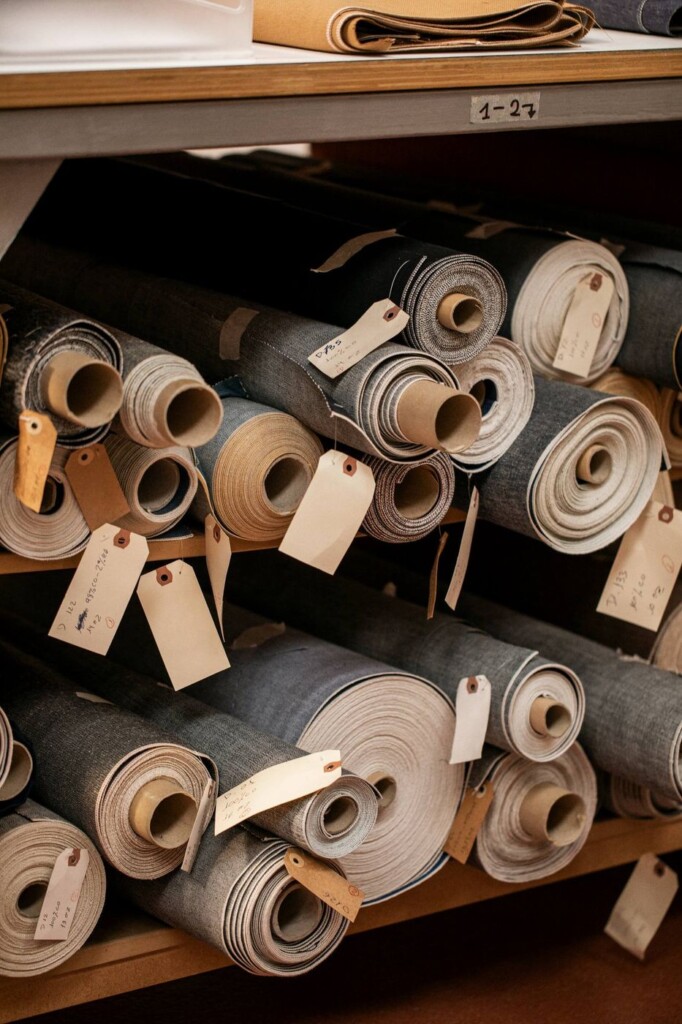Dossier
The history of Fabric Dyeing: from its origins to the present day
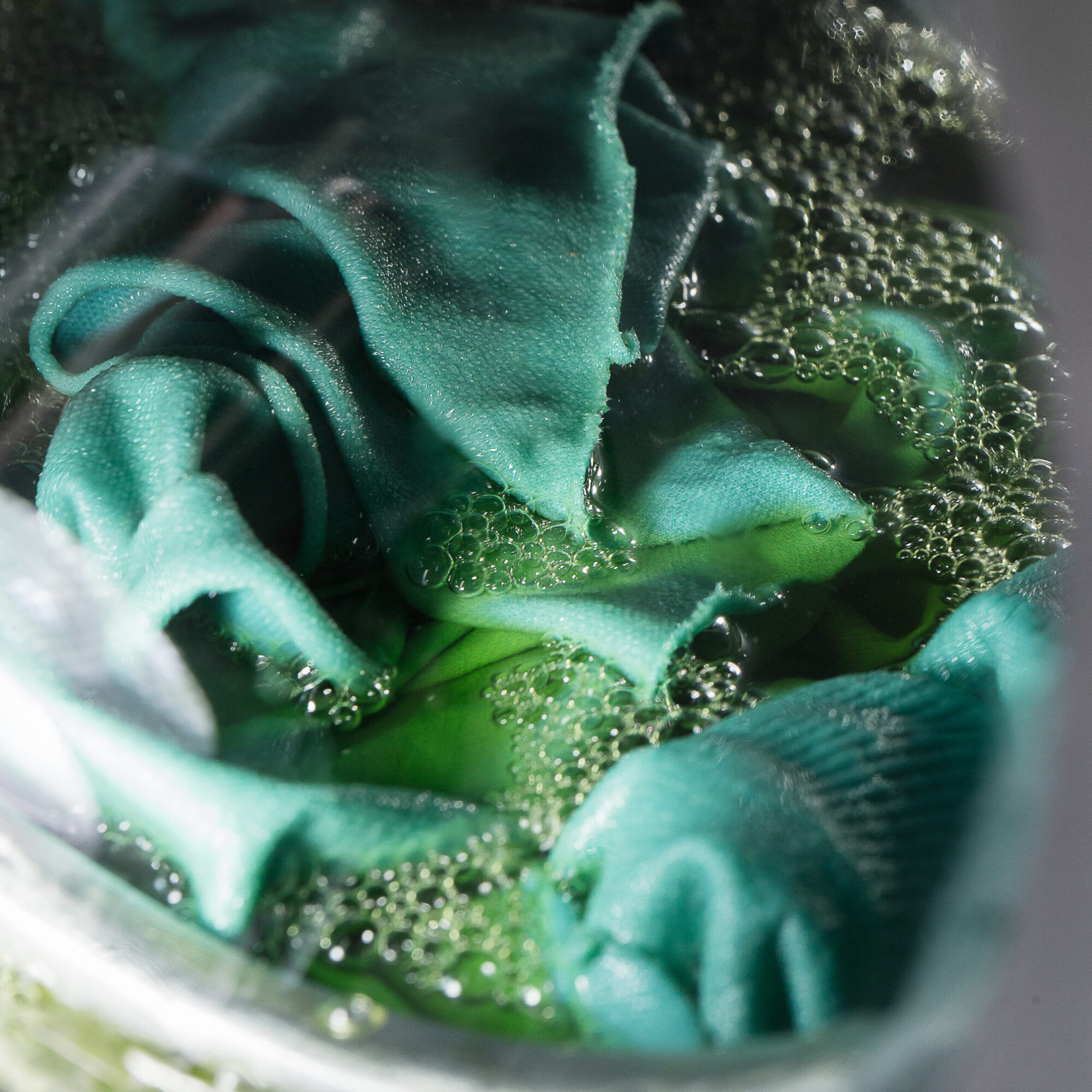
Before History, back to the roots of dyeing
During the Neolithic period (3000 B.C.E.), the craft of dyeing advanced hand in hand with the techniques of spinning and weaving. Plants such as madder, ford, and bearberry were not only cultivated for their bright colors, but also became symbols of agricultural and commercial progress.
With the advent of metal (copper, bronze, and iron) processing, the life of primitive man changed dramatically, as did the methods of spinning, weaving, and dyeing. It is only from this period that the history of fabric dyeing can be reconstructed more accurately.


Ancient civilizations and refinements in dyeing: rivers of colors
The history of dyeing flourished along the great rivers of antiquity: rivers such as the Nile, the Tigris, the Euphrates, the Indus, and the Yellow River, from whose waters early civilizations drew the resources to develop their increasingly sophisticated dyeing techniques. The Egyptians, with their predilection for flax, the Assyro-Babylonians with their wool, and the Indus civilizations with their cotton, codified dyeing practices that reflected their cultural identities and available resources. China and Japan specialized in silk, while the peoples of South and Central America dyed particular wools such as alpaca and vicuña, and the North American Indians turned to jute and the wool of wild sheep.
But let’s take a closer look at how the the history of fabric dyeing developed in different historical-geographical contexts.
 © Hui Zong | Signore che lavorano la seta
© Hui Zong | Signore che lavorano la seta 
Ancient Egypt
The monuments, statues, temples, dwellings, and tombs pertaining to the Egyptian “Middle Kingdom” period (between 2055 B.C.E. and 1790 B.C.E.) were a triumph of colorful decorations that, in part, have come down to us today. As far as textiles go, however, few artifacts have been found because of the fragility of flax which was the material used as it was the most common fiber and grew easily along the banks of the Nile. And it was also, along with cotton, a symbol of purity and distinction.
It was not easy to dye flax: experience and knowledge were needed, and the Egyptians were the first to record “on paper” their knowledge and experience in the Stockholm Papyrus. This was the first proper textile fiber dyeing manual in history, full of historical information and recipes for dyeing textiles.
The Indus Valley
India is the home of cotton, a fiber widely used because it is suited to the region’s climate. Indian cotton was dyed in skeins, and garments were often decorated with the tie-dye technique, that is, knotting garments, then dyeing them. Batik and Piangi were the other textile decoration and printing techniques used; both are still practiced today.
In the case of Batik, the desired pattern is drawn on the cotton fabric, then covered with beeswax to prevent the cold dye bath from being absorbed by the fabric. After the bath, which was usually in indigo, the fabric was boiled to melt the beeswax and reveal the design.
Piangi is a kind of tie-dye on fabric: pieces of fabric are tied together, often inserting pebbles, to prevent the stitches of the bindings from being dyed. The designs made this way are still very common in India today.
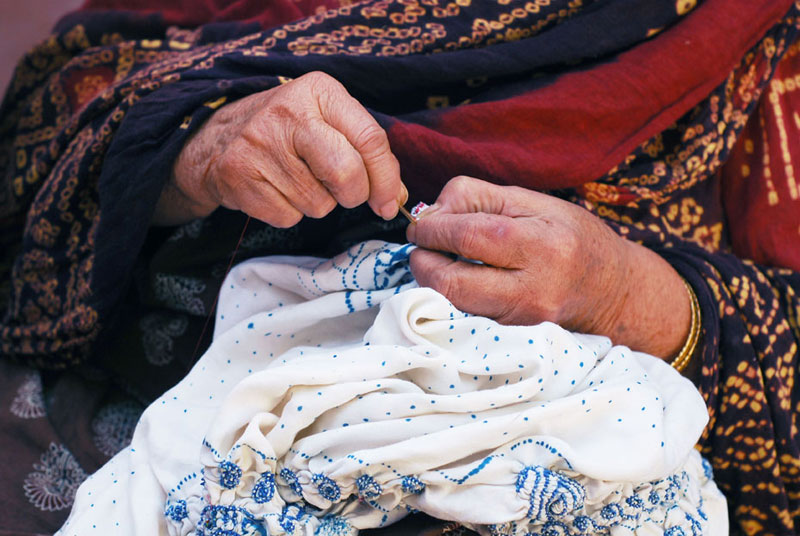
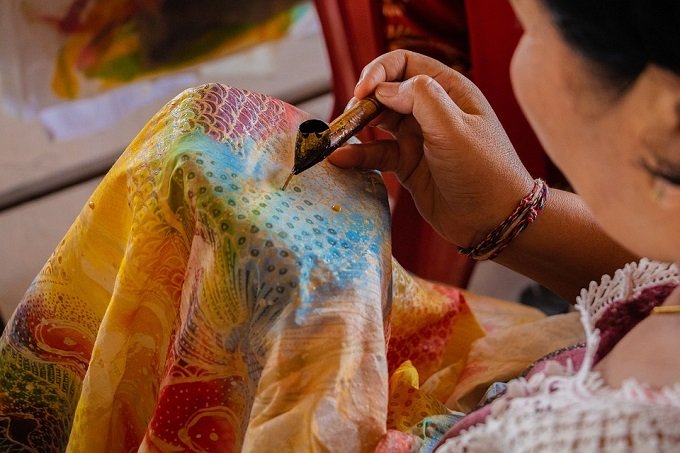 © Tecnica locale indonesiana del Batik
© Tecnica locale indonesiana del Batik
The Middle East
While the Egyptians loved the simplicity of linen robes, dyed in a few sober colors, when we look at the Babylonians, we find there the splendor and richness of the color palette.
Shepherding was one of their main activities, and they could, therefore, count on a large supply of wool, a fiber that was easy to spin, dye, and weave, and could absorb bright, vivid colors well.
The Canaanites, later known as the Phoenicians, were the most skilled dyers in the Mediterranean region. They are credited with discovering and perfecting the use of Tyrian or royal purple dye, and also combining it with saffron, bilberry, or cochineal: color varieties thus obtained ranged from orange to crimson red to deep purple. The Persians, for their part, were the masters of dyeing fibers for their famous carpets, and their leatherwork.
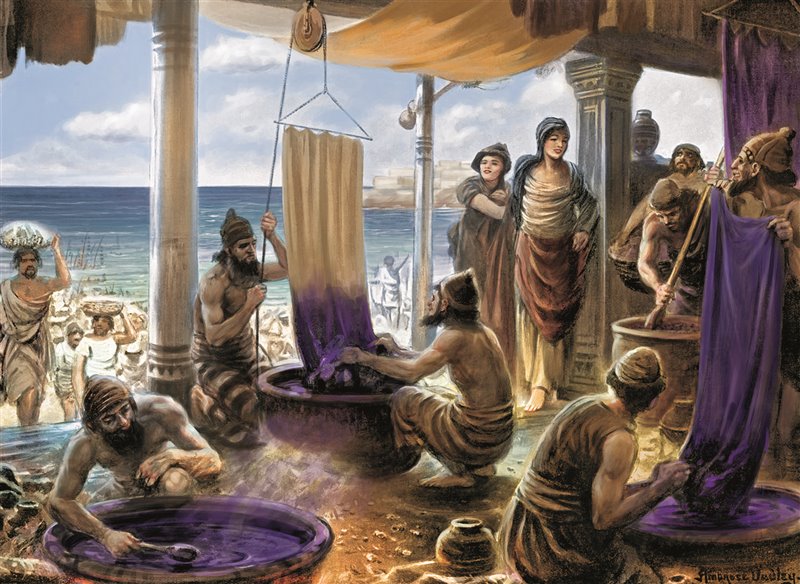
The Far East
The Chinese and all the peoples of the Far East have known silk practically since the dawn of time. To dye it, the Chinese used safflower (for yellows and reds), blueberry (blues and lilacs), and indigo.
In Japan, they used seaweed to achieve soft, refined colors. The various techniques adopted by Japanese dyers included:
- Shibori, similar to tie-dyeing, involves knotting fabrics, or tying them with strings before dipping them in the dye in order to keep certain parts of the fabrics from absorbing color;
- Kakishibu, with its characteristic brick color, is a dye made from the juice of raw persimmons left to ferment for more than 2 years. The Japanese used this tannin-rich juice to dye tents, especially peasants’ tents, because of its antibacterial and water-repellent properties.

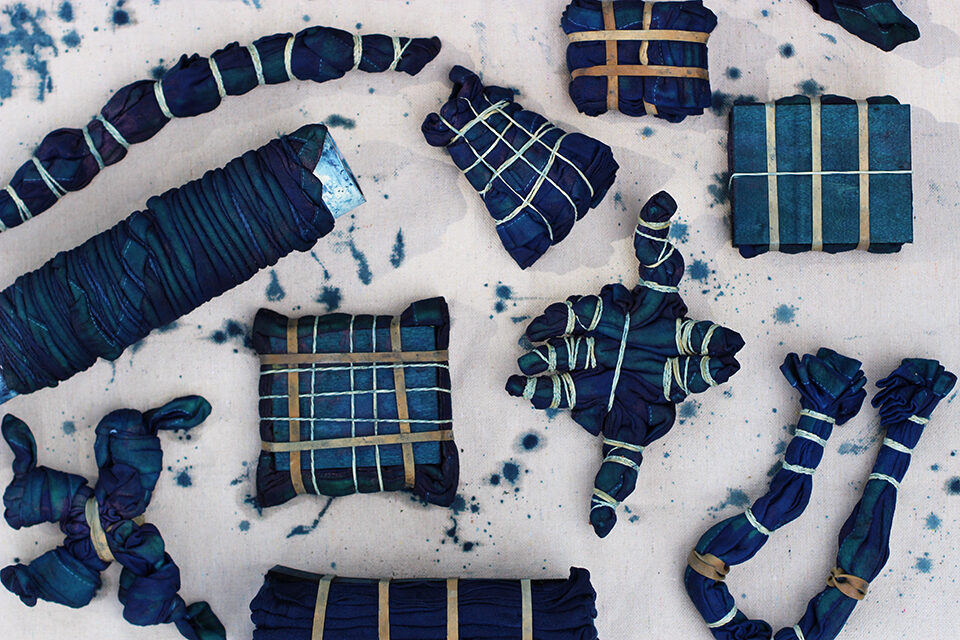 Tecnica Shibori ©Kim Meuli Brown | Kakishibu persimmon dye
Tecnica Shibori ©Kim Meuli Brown | Kakishibu persimmon dye
Rome and Etruria
Madder, saffron, ford (for dyeing blue): these are the natural dyes used by the Etruscans, who were directly influenced by the Greeks and Phoenicians, and, who in turn, along with the Greeks, were “influencers” of the Romans, who, until the 6th century B.C.E., had merely opted for the natural colors of the fibers from which they made their clothing: cotton, linen, hemp, wool.
Later, even in Rome, color became a symbol of luxury: reds, for example, obtained from Kermes; or light blues, derived from mallow; the various shades of yellow, obtained from reseda (or mignonette), turmeric, and juniper; walnut and hickory, on the other hand, gave browns and blacks.
Copper and iron sulfates, rock alum, and rust dissolved in vinegar were used as mordants, demonstrating the unstoppable evolution of dyeing.
And after this remote geographical digression, we come to the present day with a dizzying and fascinating journey through time…
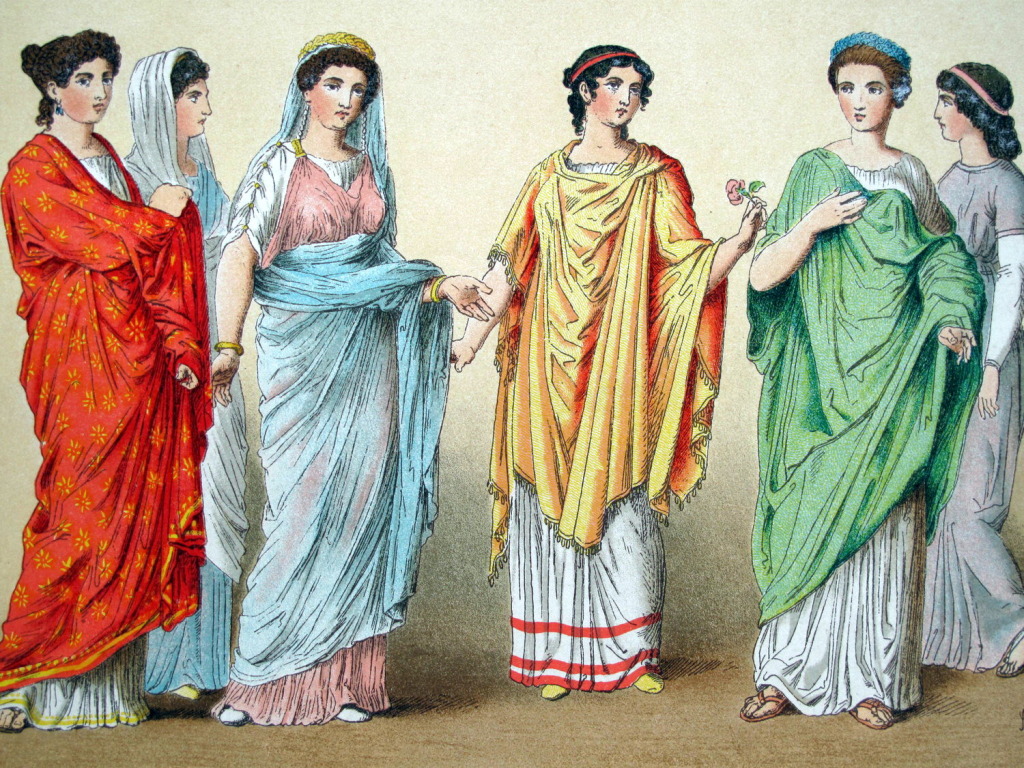

From the Middle Ages to the Twentieth Century
The Renaissance saw unknown goods and dyes arriving in Europe: they came from the Americas, from India, from China. By this time, reaching the Orient by sea had become easy, and naval transport made it possible to transport large quantities of merchandise.
New materials for dying replaced the traditional ones: cochineal from Mexico, indigo from India, and exotic woods from Brazil quickly replaced kermes and ford.
Between the late eighteenth and early nineteenth centuries, the first schools for dyeing emerged. These were also definitely oriented toward research and experimentation with chemicals to support and increase the efficiency of the textile industry. And soon, in fact, many natural dyes wound up being replaced by synthetic products.
In France, England, and especially in Germany, the first chemical dye factories began to spring up, and a veritable race to research and patent increasingly effective and sophisticated dyes and techniques began. Obviously, this was a race that went hand in hand with the development of the textile industry at all latitudes.
The first chemical dye factories sprang up in France and England, but soon Germany surpassed all other nations in this field.
 © Via cini.it | Venezia, Museo Correr - Insegna dei tintori di panni, 1522.
© Via cini.it | Venezia, Museo Correr - Insegna dei tintori di panni, 1522.
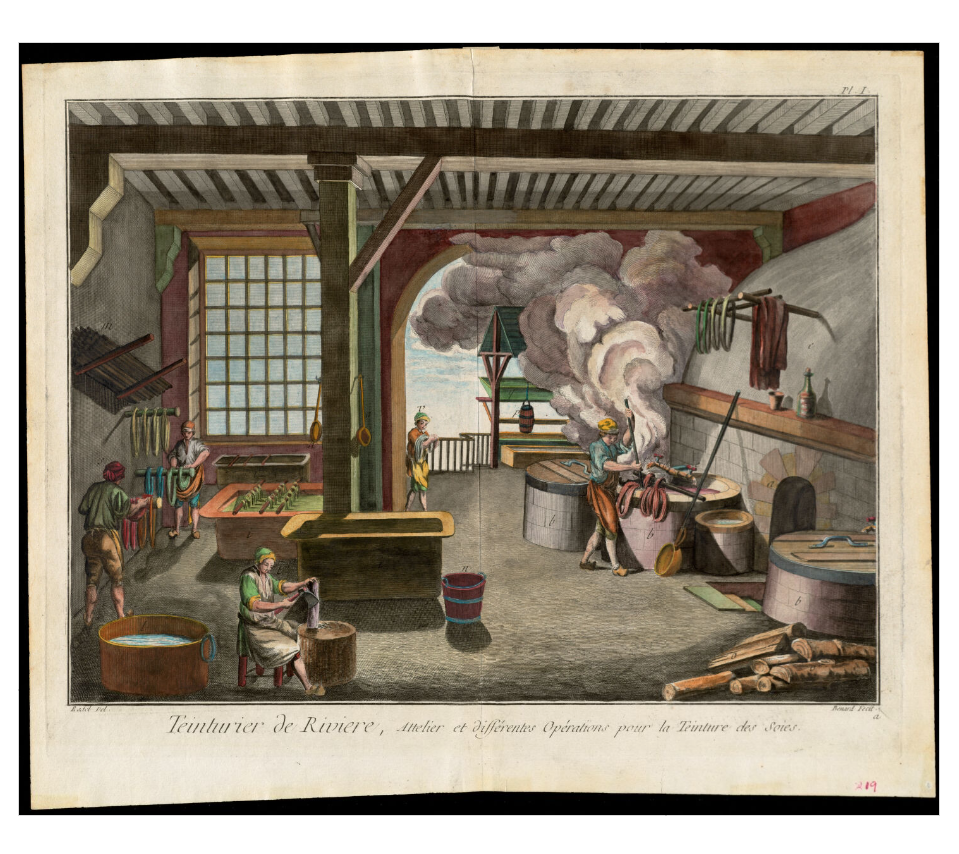
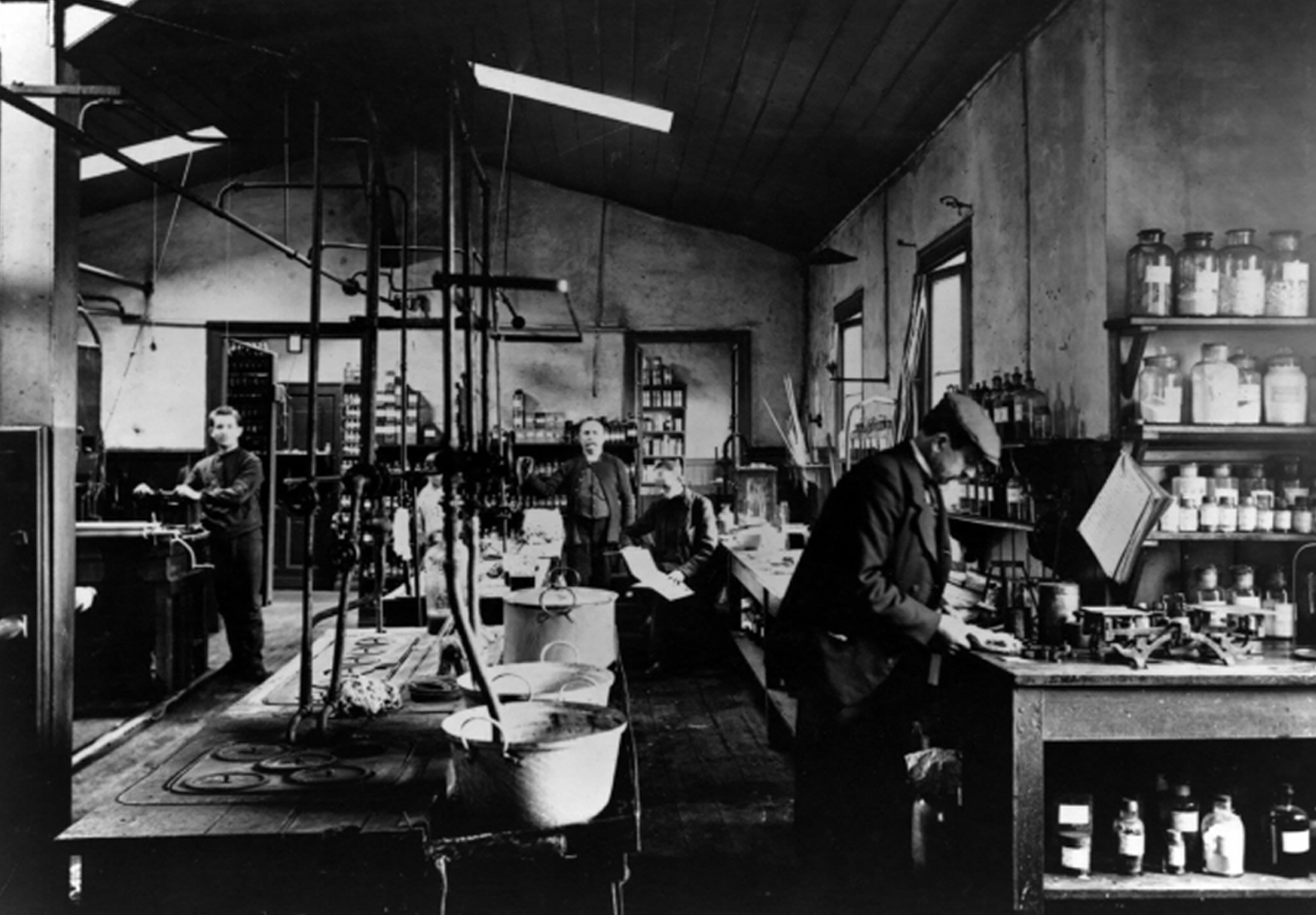
Modern day dyeing: thread, cloth, garments
There are basically three standard dyeing methods in the textile industry: dyeing threads, fabrics, and the completed garment. While the first two are carried out before the garment is produced, the third involves the already made-up garment being immersed in the dye bath while still its “natural” color, that is, free of coloring pigments. In this way, the color is applied directly to the raw, unprocessed fabric, and thus without interference and contamination.
When the thread or fabric is dyed, the result is bright and uniform, while dyeing or finishing the garment itself gives rise to less homogeneous colored backgrounds and a more “used look” or vintage effect that gives the garment a uniqueness, with a more handcrafted and lived-in feeling.
Garment dyeing was born in Italy in the early 1970s, thanks to the intuition of Massimo Osti. With C.P. Company, Osti invented the “garment dyeing” technique that revolutionized the entire industry. Later, it was pioneer Luciano Benetton, founder of the eponymous group, who seized the opportunity to apply it on a large scale.
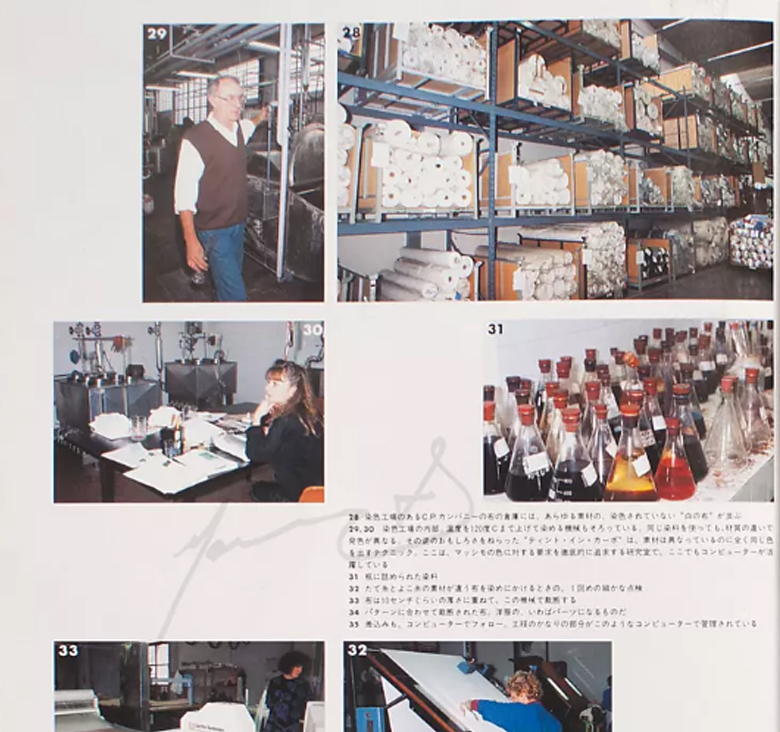

Tonello: a broad strokes summary of dyeing
We have always specialized in the dyeing and finishing of garments, and our history actually coincides with that of the Italian textile and fashion industry over the last fifty years. It is a history marked by technologies that have been important evolutionary stages for us and for the entire industry.
From the first front-loading machines in the mid-1970s to the iconic G1 series, from the Jet technology of 2000 to the Batik in 2004, from the Nitrogen system in 2011 to the Core of 2015, to the first all-natural ingredient dyeing system in 2019, Wake, to DyeMate, the first indigo garment dyeing technology launched in 2023, the common thread has always been the same: a focus on saving energy, water and steam, progressively reducing the use of chemicals, and choosing truly sustainable pigments and processes.
And the journey continues…


Condividi l’articolo:

